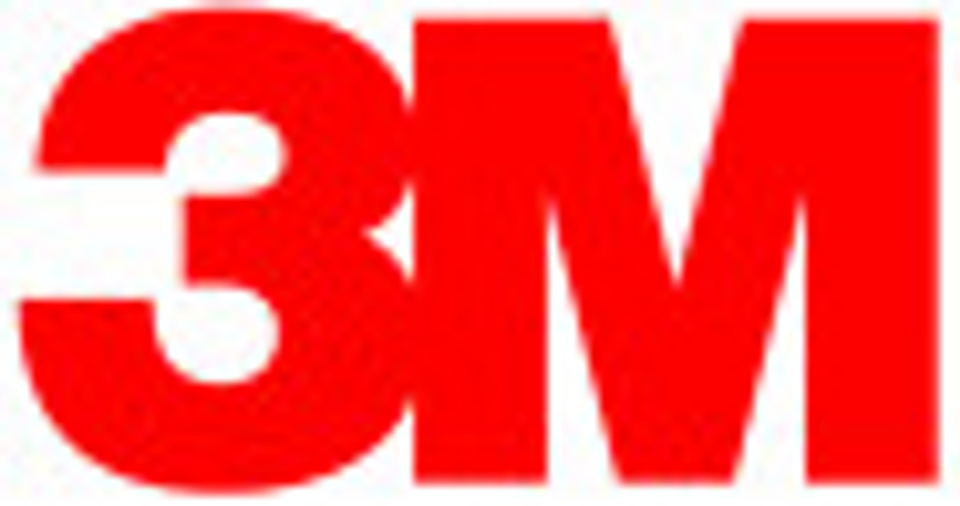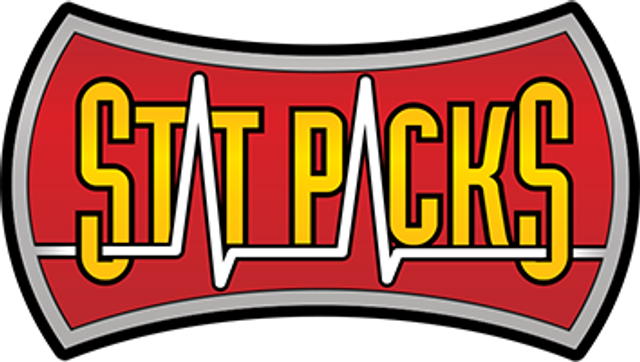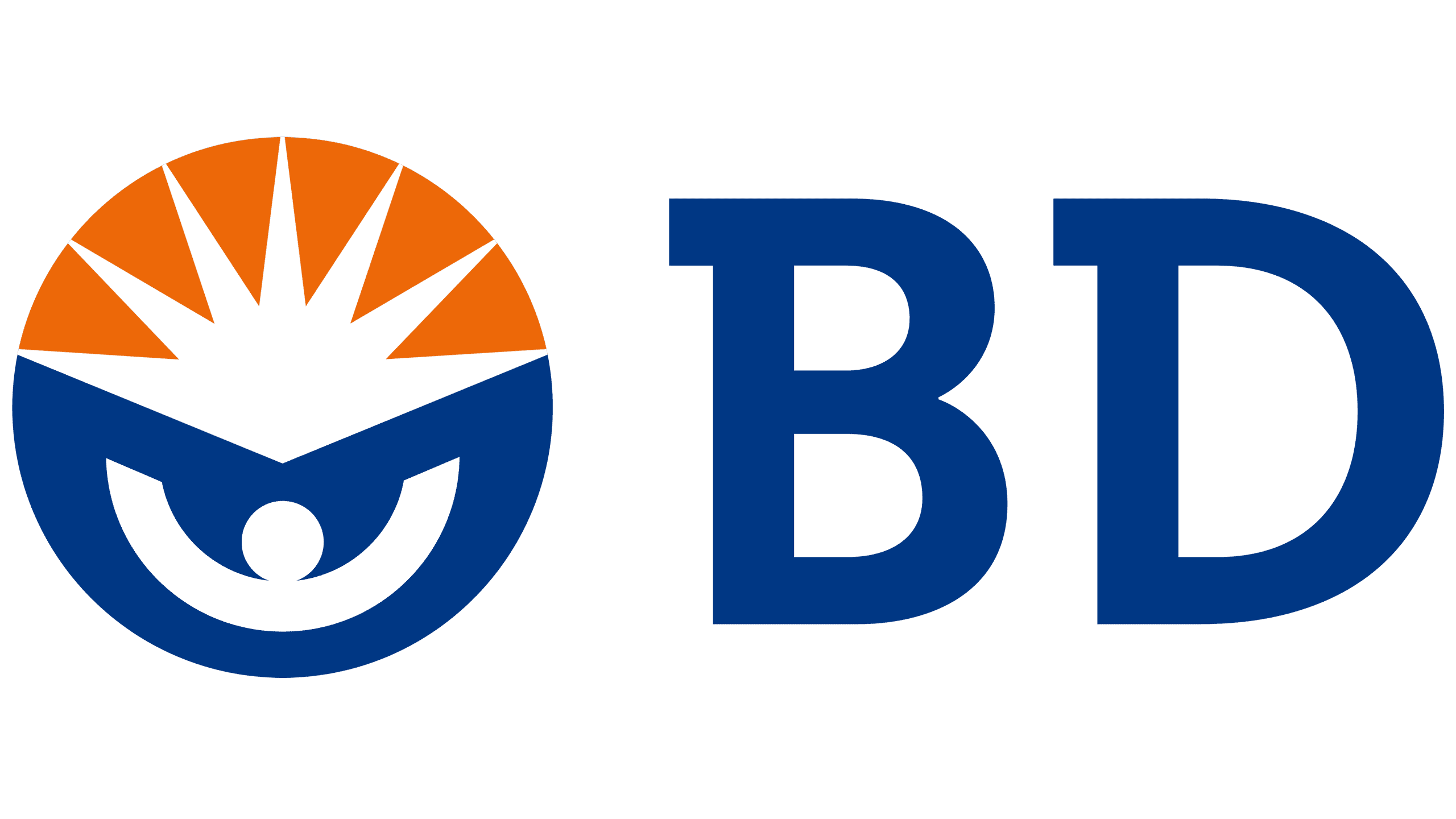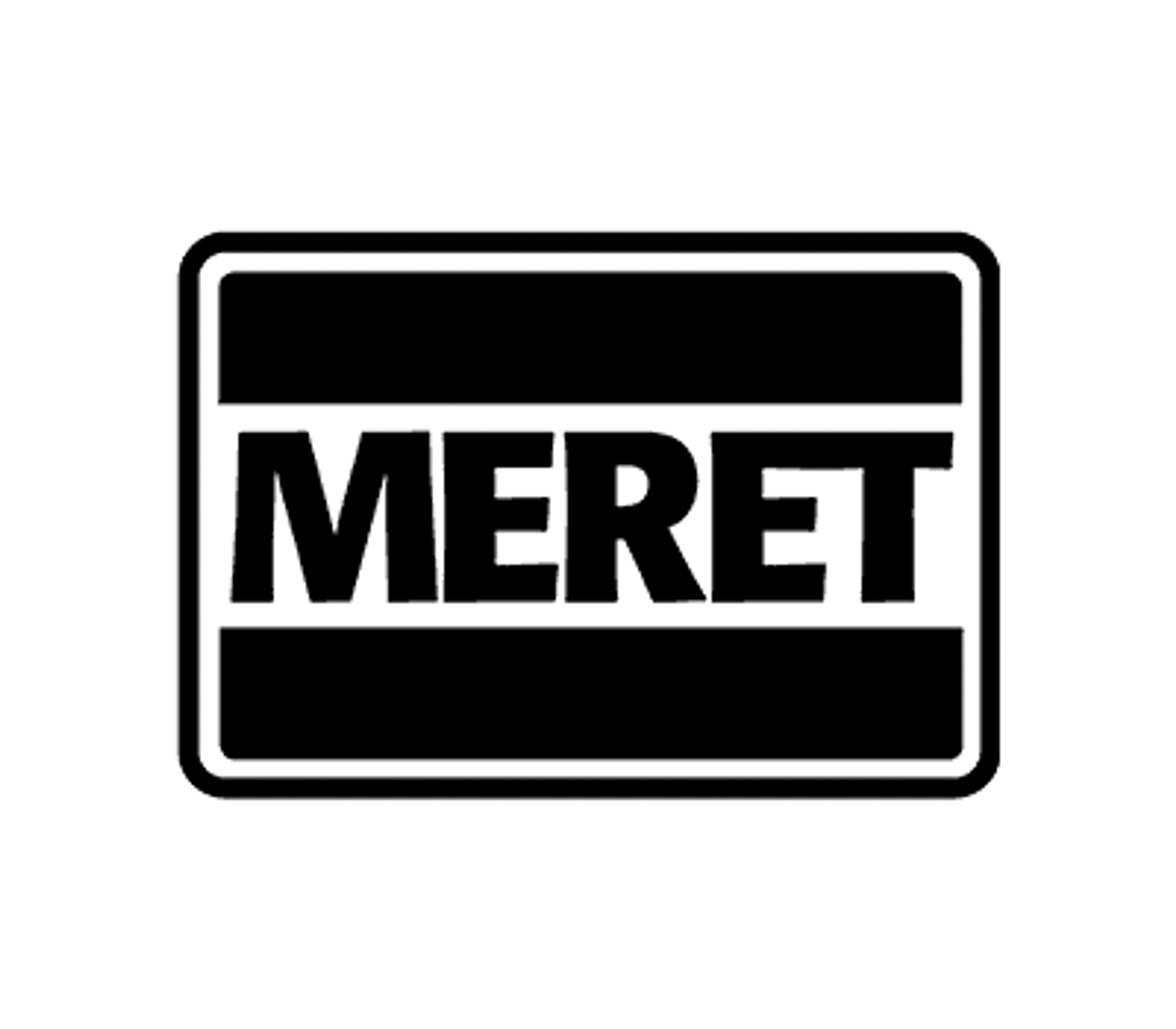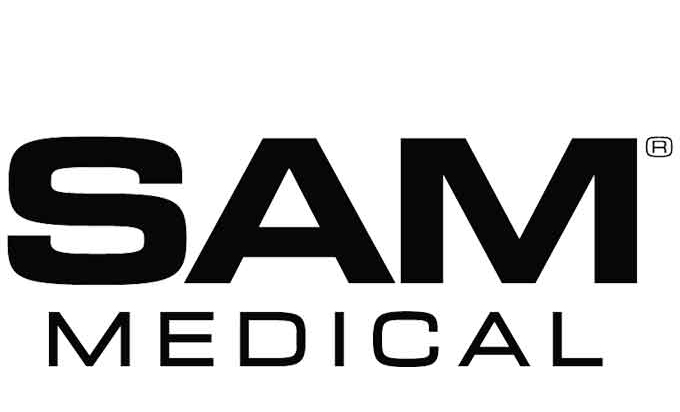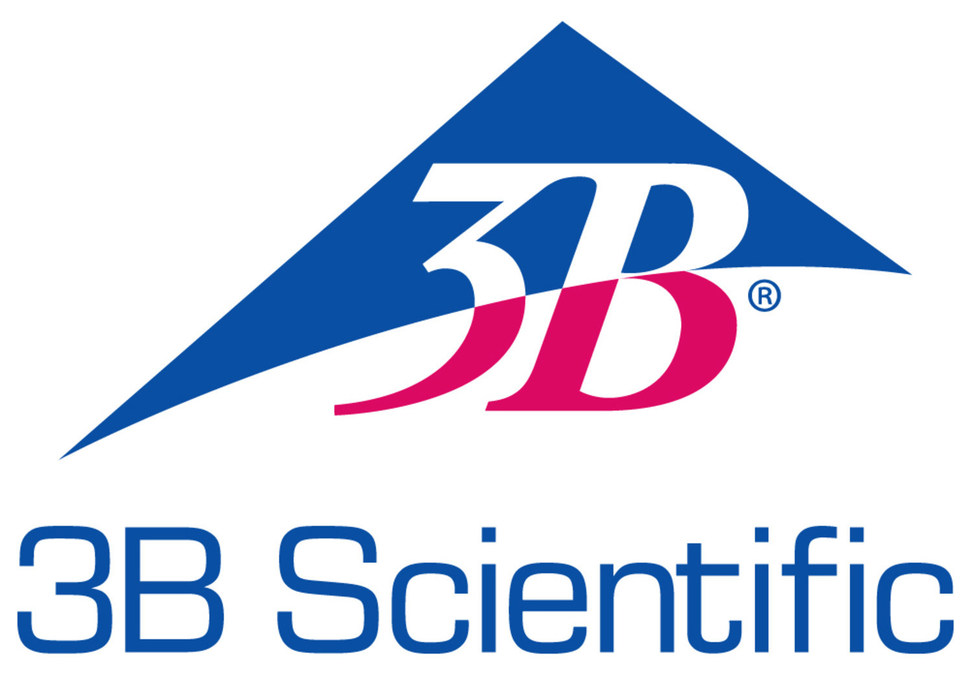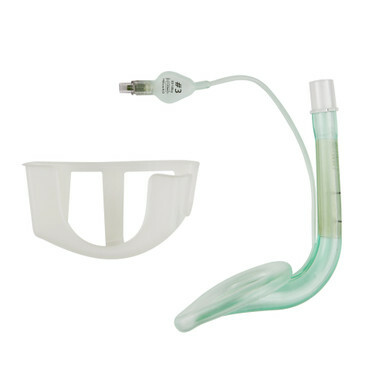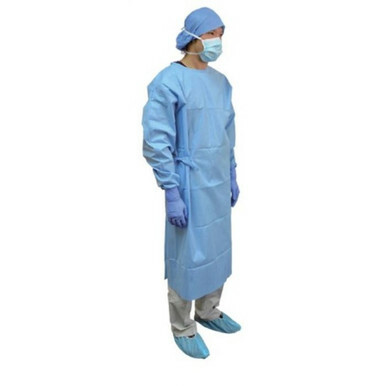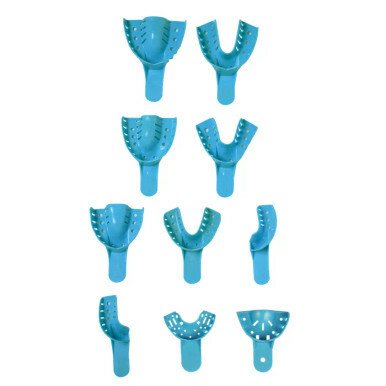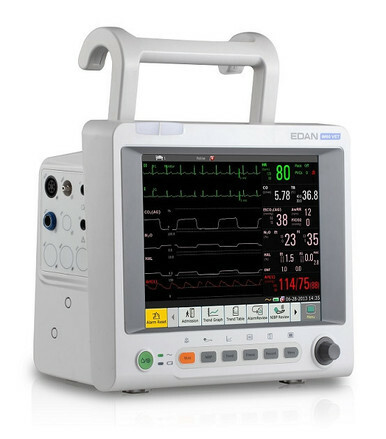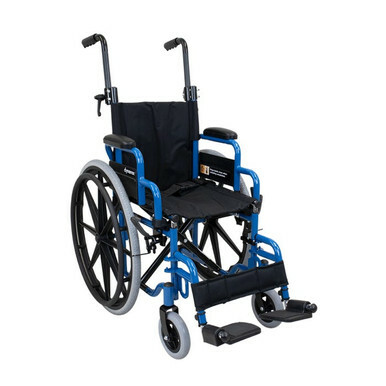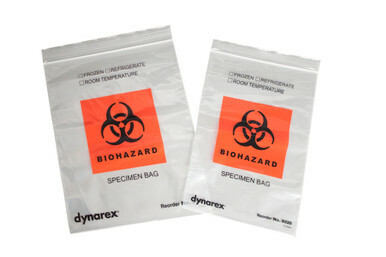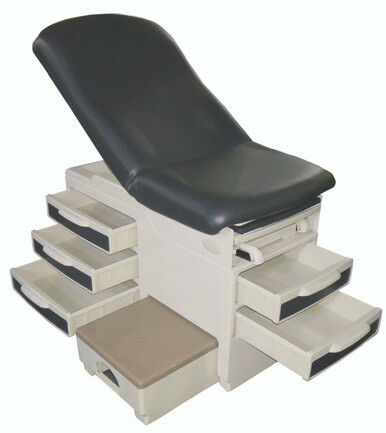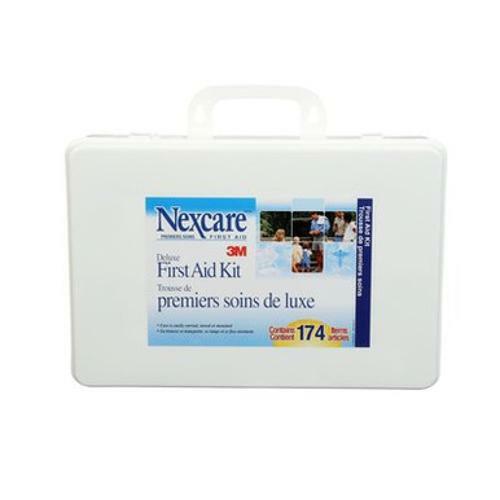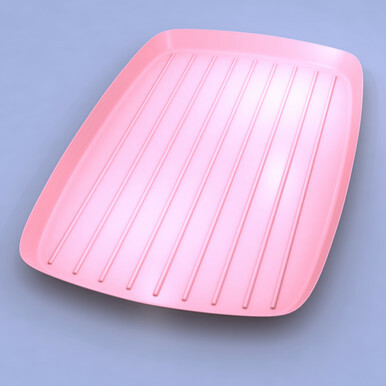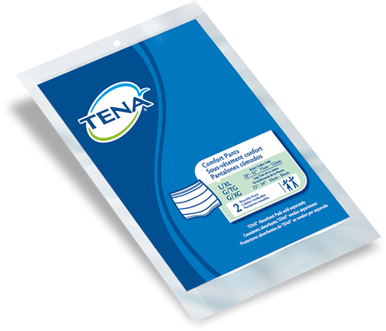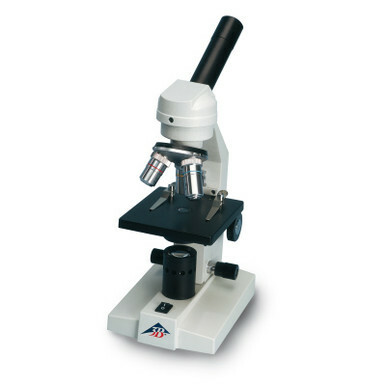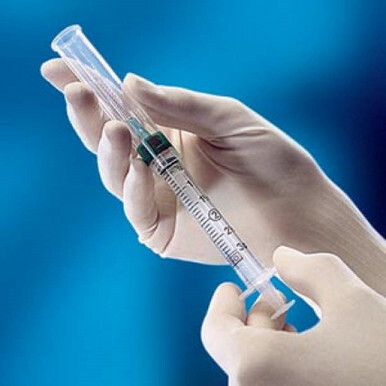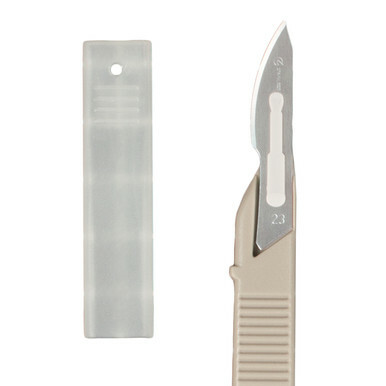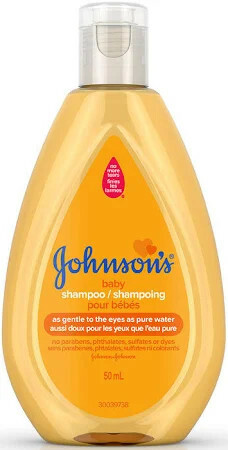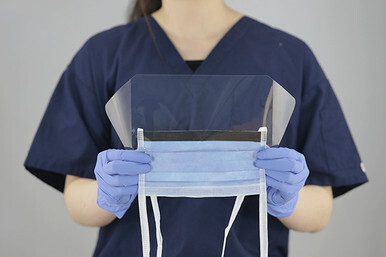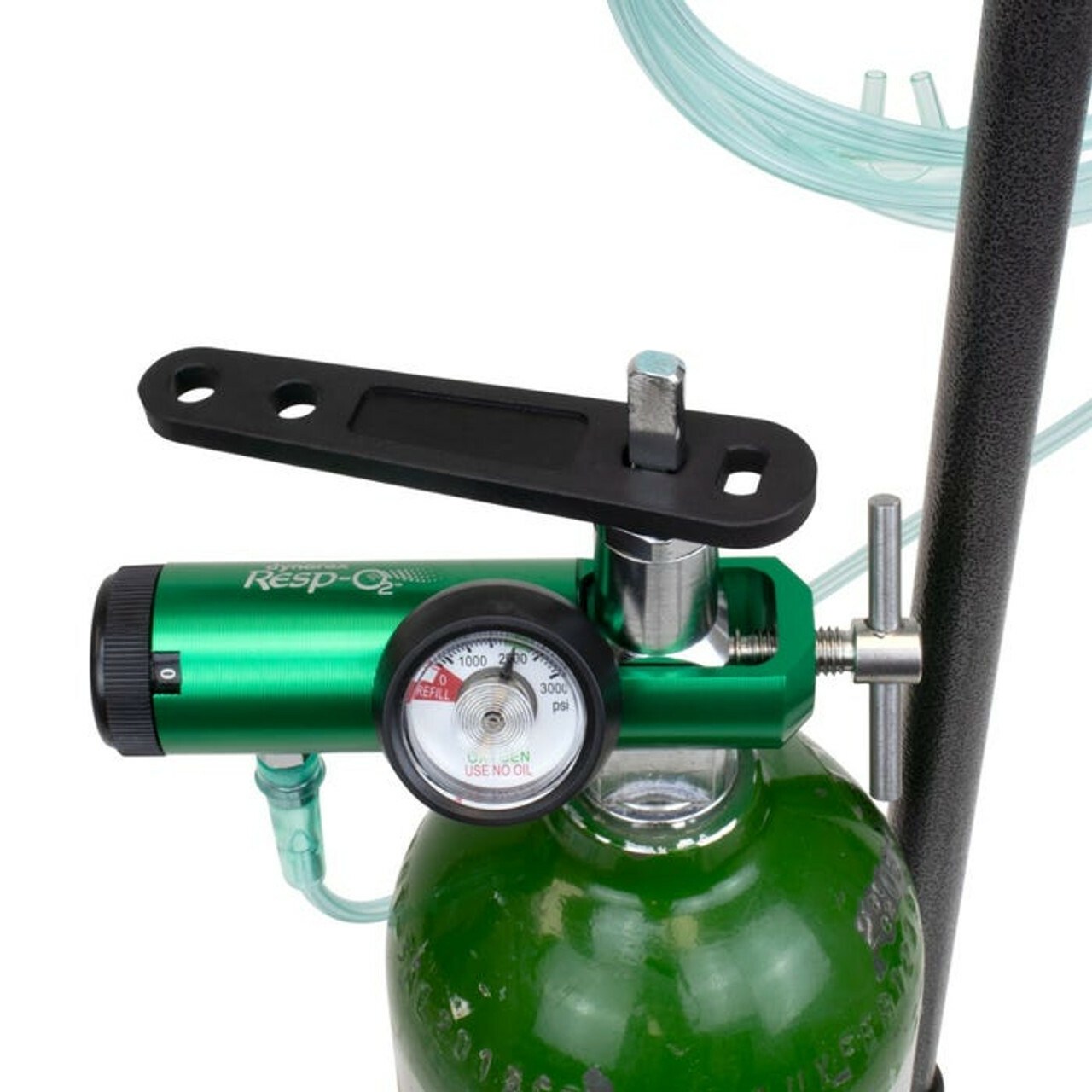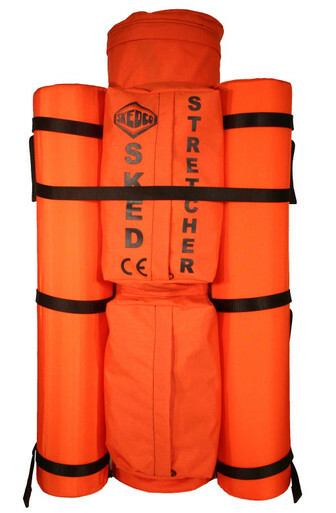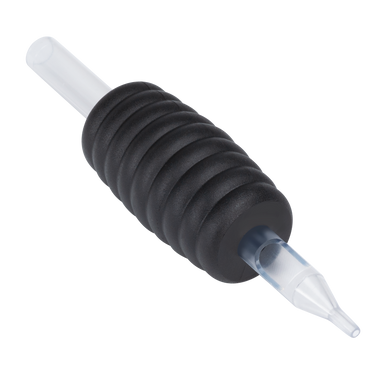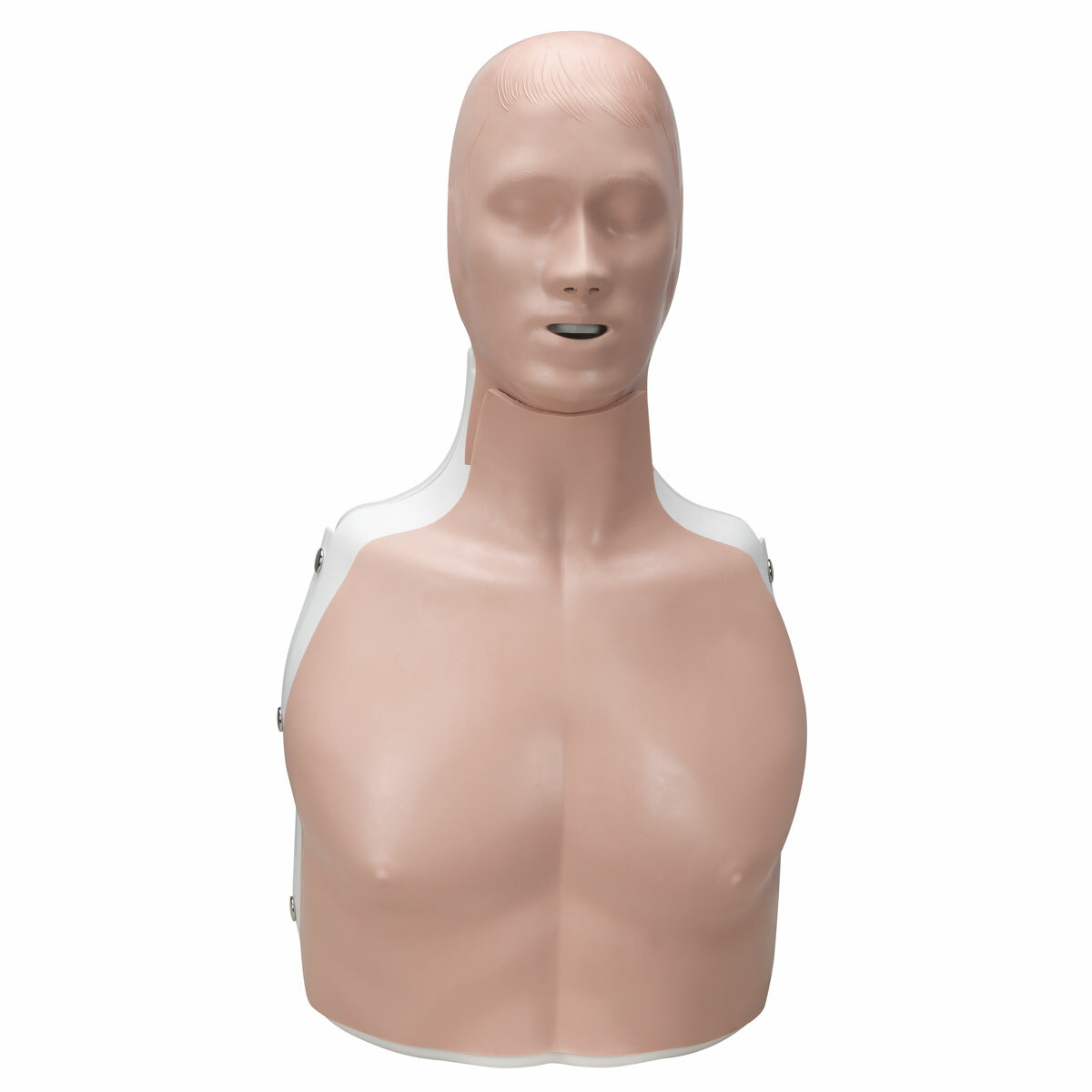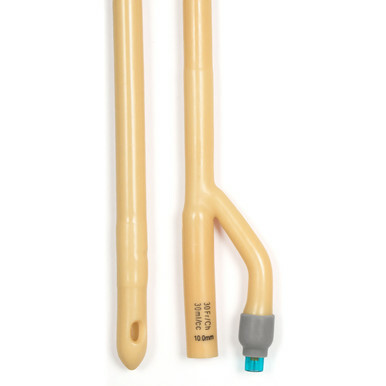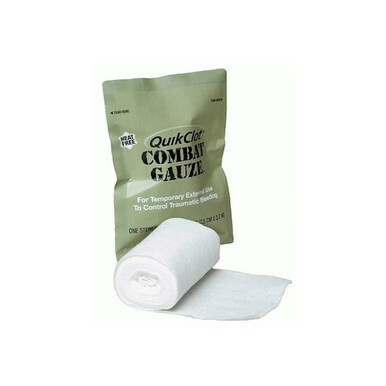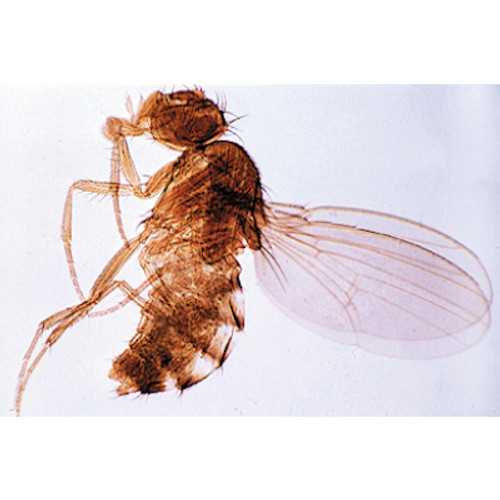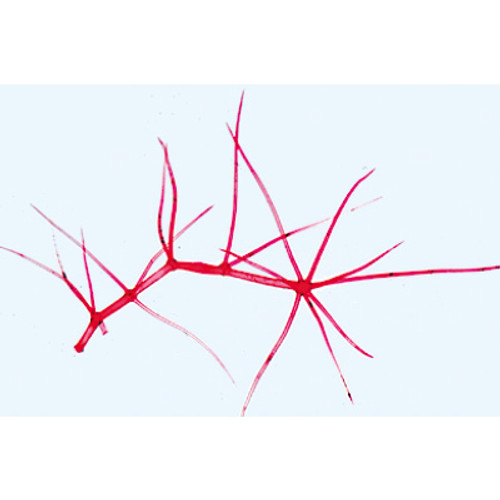Product details
1(d). Radiolaria, mixed species 2(d). Foraminifera, mixed species 3(c). Ceratium, dinoflagellates 4(f). Trypanosoma, causing sleeping disease, blood smear 5(f). Plasmodium, malaria parasite, blood smear 6(d). Eimeria stiedae, in t.s. of rabbit liver with parasites 7(b). Spongilla, fresh water sponge, gemmulae (winter bodies) 8(c). Hydra, t.s. of body 9(d). Obelia hydroid, w.m. of colony 10(e). Obelia medusa, jellyfish. w.m. 11(d). Actinia, sea anemone, t.s. young specimen 12(c). Fasciola hepatica, beef liver fluke, t.s. of body 13(c). Fasciola, ova w.m. 4(d). Ascaris, roundworm, t.s. of female in region of gonads 15(d). Ascaris, t.s. of male in region of gonads 16(e). Lumbricus, earthworm, l.s. of anterior region with gonads 17(c). Lumbricus, sperm smear 18(d). Hirudo medicinalis, leech, t.s. of body 19(d). Sagitta, arrow worm, entire specimen w.m. 20(c). Astacus, crayfish, gills t.s. 21(c). Astacus, liver t.s. 22(e). Astacus, testis t.s. showing spermatogenesis 23(d). Astacus, ovary t.s. showing developing ova 24(c). Astacus, intestine t.s. 25(d). Spider, abdomen with internal organs l.s. 26(d). Dermanyssus gallinae, chicken mite w.m. 27(e). Pieris, butterfly, head and mouth parts w.m. 28(e). Vespa, wasp, biting mouth parts w.m. 29(f). Carabus, ground beetle, biting mouth parts w.m. 30(d). Culex pipiens, mosquito, piercing-sucking mouth parts w.m. 31(b). Melolontha, cockchafer, antenna w.m. 32(b). Apis mellifica, honey bee, anterior leg with eye brush w.m. 33(b). Apis mellifica, posterior leg with pollen basket w.m. 34(b). Pieris, butterfly, portion of wing with scales w.m. 35(b). Apis mellifica, cornea from eye w.m. 36(d). Apis mellifica, sting with poison sac w.m. 37(d). Culex pipiens, mosquito, t.s. of abdomen 38(e). Apis mellifica, honey bee, head with compound eyes t.s. 39(d). Apis mellifica, abdomen of worker t.s. 40(e). Ctenocephalus, dog flea, w.m. of adult 41(c). Chironomus, gnat, larva w.m. 42(d). Bombyx mori, silkworm, t.s. of caterpillar, spinning glands 43(d). Helix, snail, hermaphrodite gland (ovotestis) t.s. 44(c). Helix, snail, liver t.s. 45(e). Helix, snail, eye l.s. 46(d). Mya arenaria, clam, gills t.s. and l.s. 47(e). Asterias, starfish, horizontal section of young specimen 48(d). Psammechinus, sea urchin, pluteus larva w.m. 49(d). Branchiostoma lanceolatum (Amphioxus), t.s. of body with testis 50(d). Branchiostoma , t.s. of body with ovaries.
| Weight | 0.15 kg |
| Brand | LIEDER |
The Invertebrata, Supplementary Set – Slides expands on the foundational Invertebrata collection with additional high-quality prepared specimens showcasing the structure and diversity of invertebrate animals. This advanced set includes representatives from major phyla such as Porifera, Cnidaria, Mollusca, Arthropoda, Annelida, and Echinodermata, providing deeper insight into comparative anatomy and evolutionary relationships.
Ideal for teaching zoology, biology, and comparative anatomy, this set allows students to study specialized tissues, organs, and systems that define each invertebrate group. Each slide is expertly prepared for exceptional clarity, color contrast, and long-term durability, making it suitable for repeated use in classrooms, universities, and research laboratories.

